Wild Apennine Mountains
The Apennine Mountains in Italy used to be one great endless piece of Wilderness. After several millennia of human society development, it still hosts Wilderness but only fragments. These fragments are small but still remind the time when this part of Europe was wild. In that time the Apennine Mountains were covered by extensive forests.
The Apennine Mountains a stunning and rugged mountain range stretches across Italy, forming the backbone of the Italian Peninsula. This Mountains besides remnants of ancient and wild landscape are renowned today for its diverse flora and fauna. Besides that, for majority people the Apennine Mountains are so famous also due to its rich cultural heritage.
Forestry in Wild Apennine Mountains
Active forest management in the Apennine Mountains has roots dating back centuries. Historical records indicate that local people began organized forestry practices already in the Middle Ages. In that time local communities already very much relayed on timber and other forest resource extraction.
This longstanding tradition, intertwined with centuries-old practices, laid the foundation for the later intensive forest management. The long forestry history witnessed intensive logging and traditional forestry methods. This activity significantly shaped the landscape and supported local communities.

Grazing in Apennine Mountains
Grazing is another activity which significantly impacted wild Apennine Mountains. This activity has shaped the wild Apennine Mountains for centuries. The historical records revealed traditional herding practices since ancient times.
Today, grazing is much less intensive than it used to be in the past centuries. Deforestation and changing forest land to pasture was accompanied by intense erosion and today pasture are only remnants of once very diverse land. Nature conservation is today protecting only small fragment of these previously rich habitats.
Grazing after centuries became integral element of the mountains, with interesting biodiversity linked to open landscape. Important aspect of this traditional activity is that such use of mountains did and still do support of local economy. Modern herding techniques try to harmonious coexistence of pastoralism and conservation. Many times, subject of protection is secondary man made ecosystem interesting from the perspective of biodiversity.

Mining in Apennine Mountains
The historical consequences of mining left lasting imprints on the landscape. Centuries of extraction, particularly during Roman and medieval periods, such as Roman extraction of valuable minerals, medieval iron and copper mining, and Renaissance-era mercury mining heavily impacted and altered ecosystems. Deforestation, soil degradation, and water quality impacts were evident. On the other side it supported local economies.
Contemporary approaches prioritize mitigating these consequences, emphasizing sustainable practices. Ongoing efforts aim to restore affected areas, preserve biodiversity, and adopt responsible mining techniques, showcasing a commitment to learning from the past and fostering a harmonious coexistence between mining activities and the delicate ecosystems of the Apennines.
In the contemporary context, ongoing mining operations involve extracting marble from Carrara quarries, talc from Val Graveglia, and gypsum from the Emilia-Romagna region. These current activities highlight the continued significance of mining in the Apennines, albeit with a focus on sustainability and responsible resource management to minimize environmental impact.
Wilderness in Wild Apennine Mountains
The Apennine Mountains used to boast by vast wilderness, encompassing diverse ecosystems, pristine landscapes, and unique biodiversity.
Today only fragments of Wilderness can be found in the central part of the Apennine Mountains. Good place starts to search for Wilderness is Majella National Park. Beside that the National Park of Abruzzo, Lazio and Molise, the Casentinesi Forests, Monte Cucco Regional Park, and the Gran Sasso and Monti della Laga National Park also host smaller fragments of Wilderness. These areas today host the diverse and preserved various fragments of Wilderness areas within the Apennines.
Forestry, grazing and mining are three main activities which for centuries impacted wild Apennine Mountains. These activities gradually wipe out majority of Apennines Wilderness. Wilderness we still can find here are just small fragments scattered in some corners of the mountains….


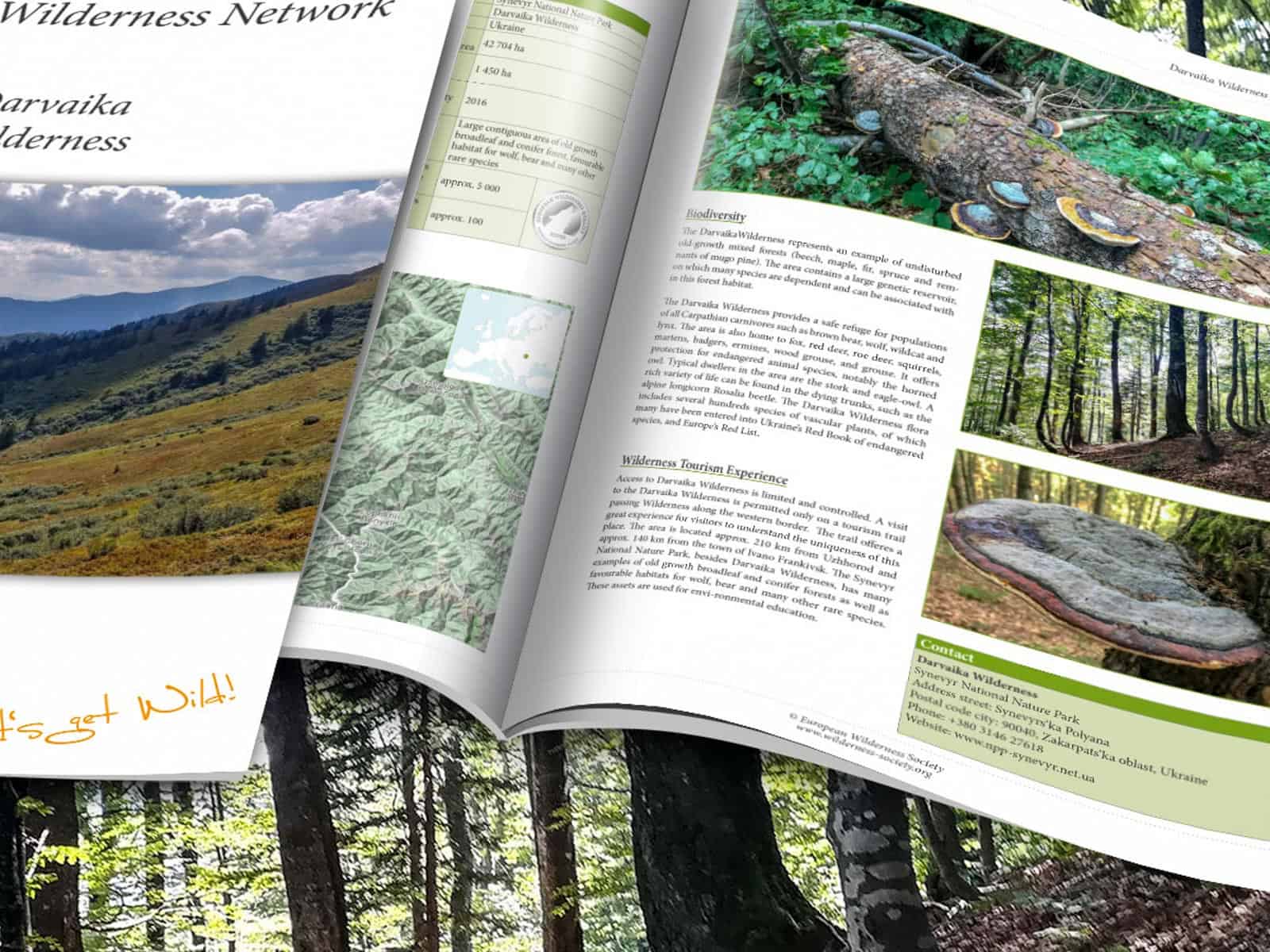
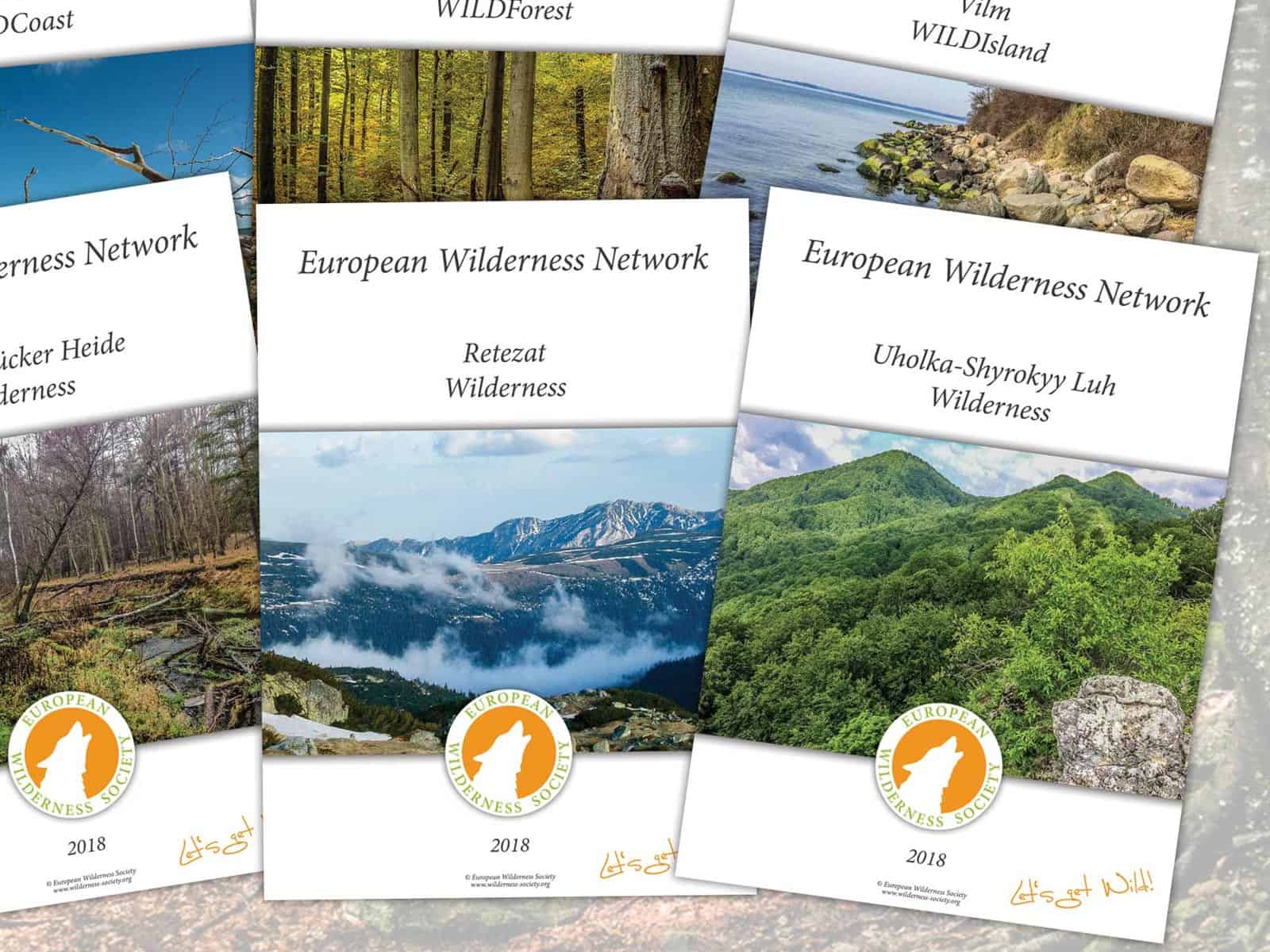
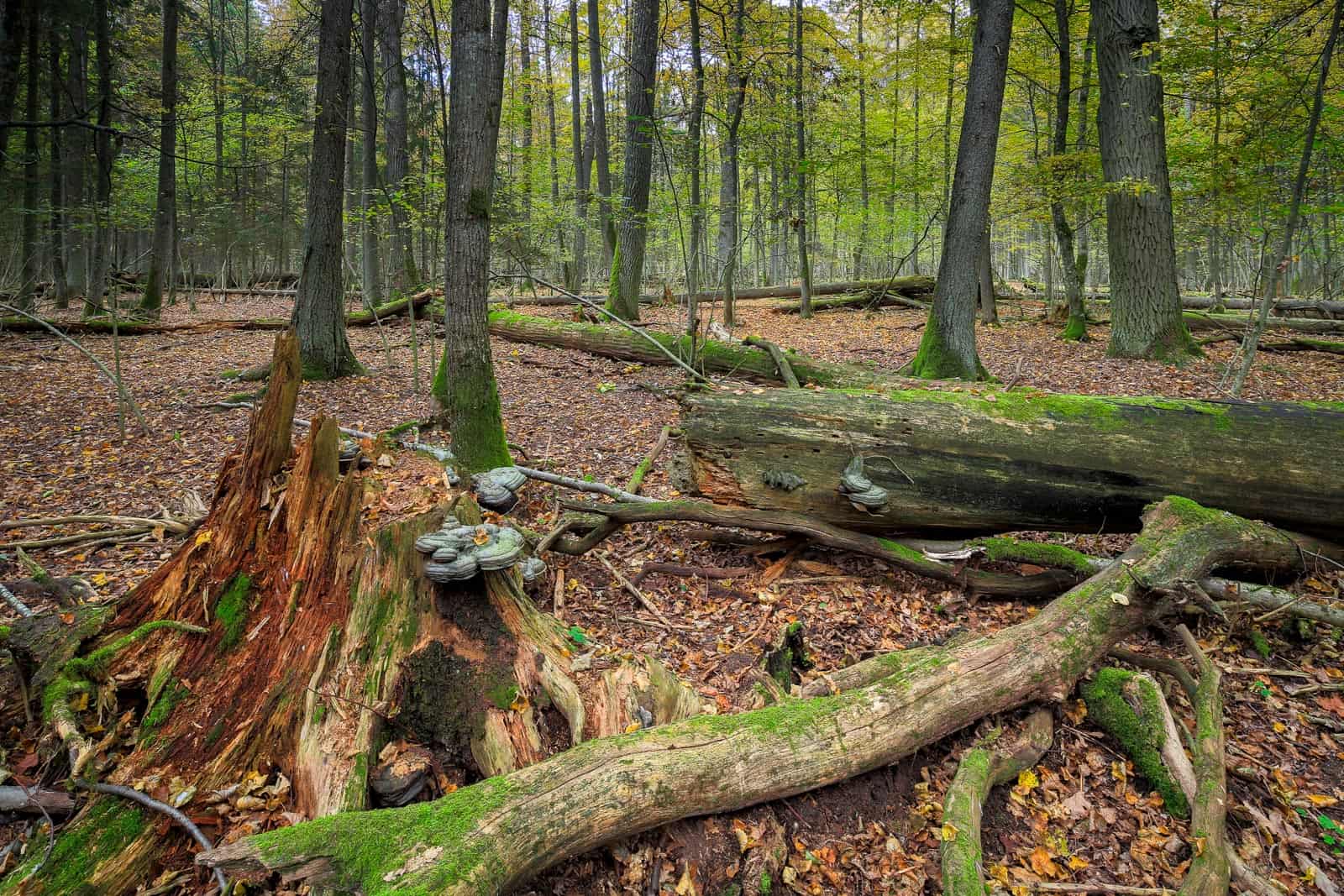
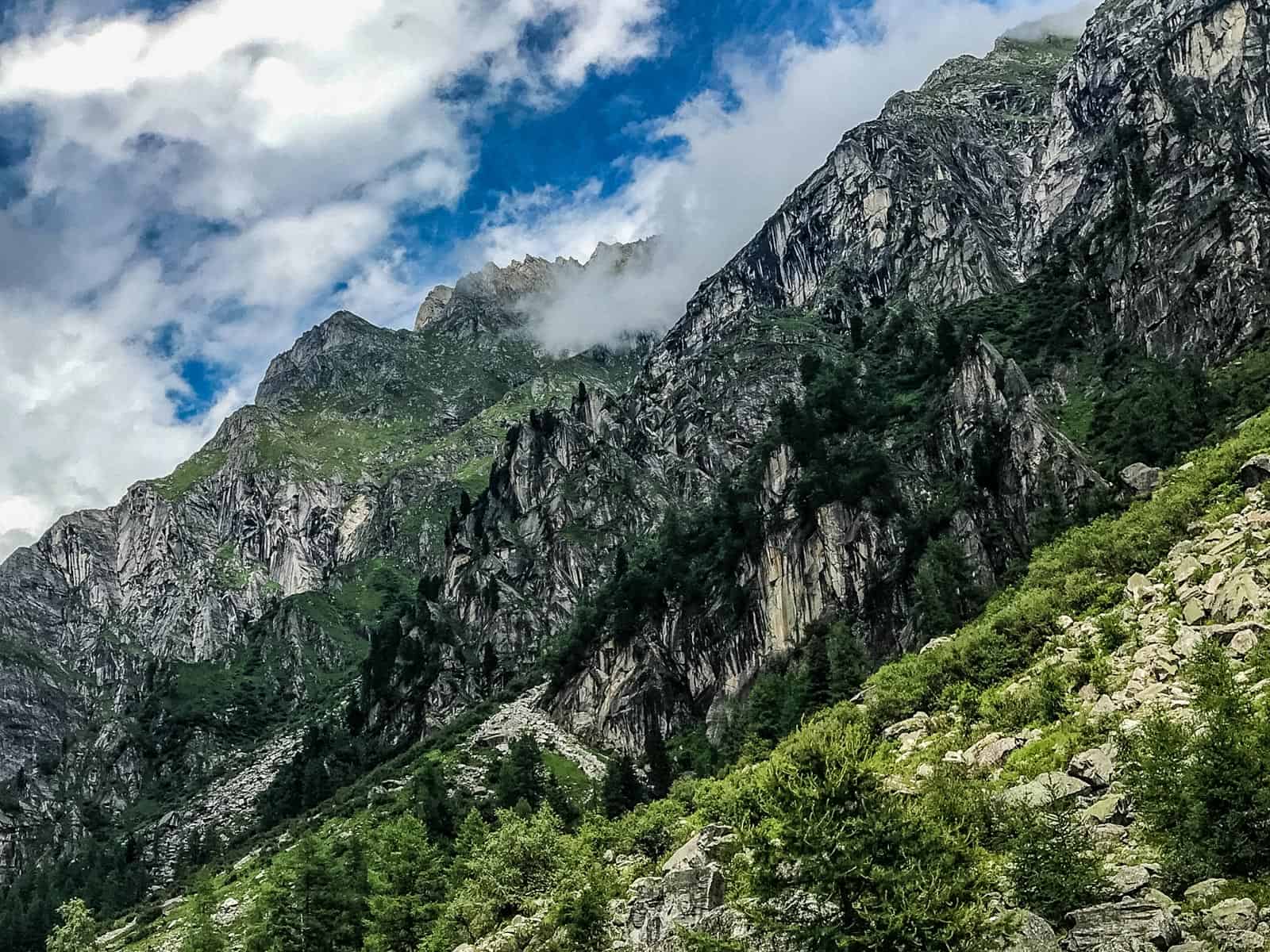
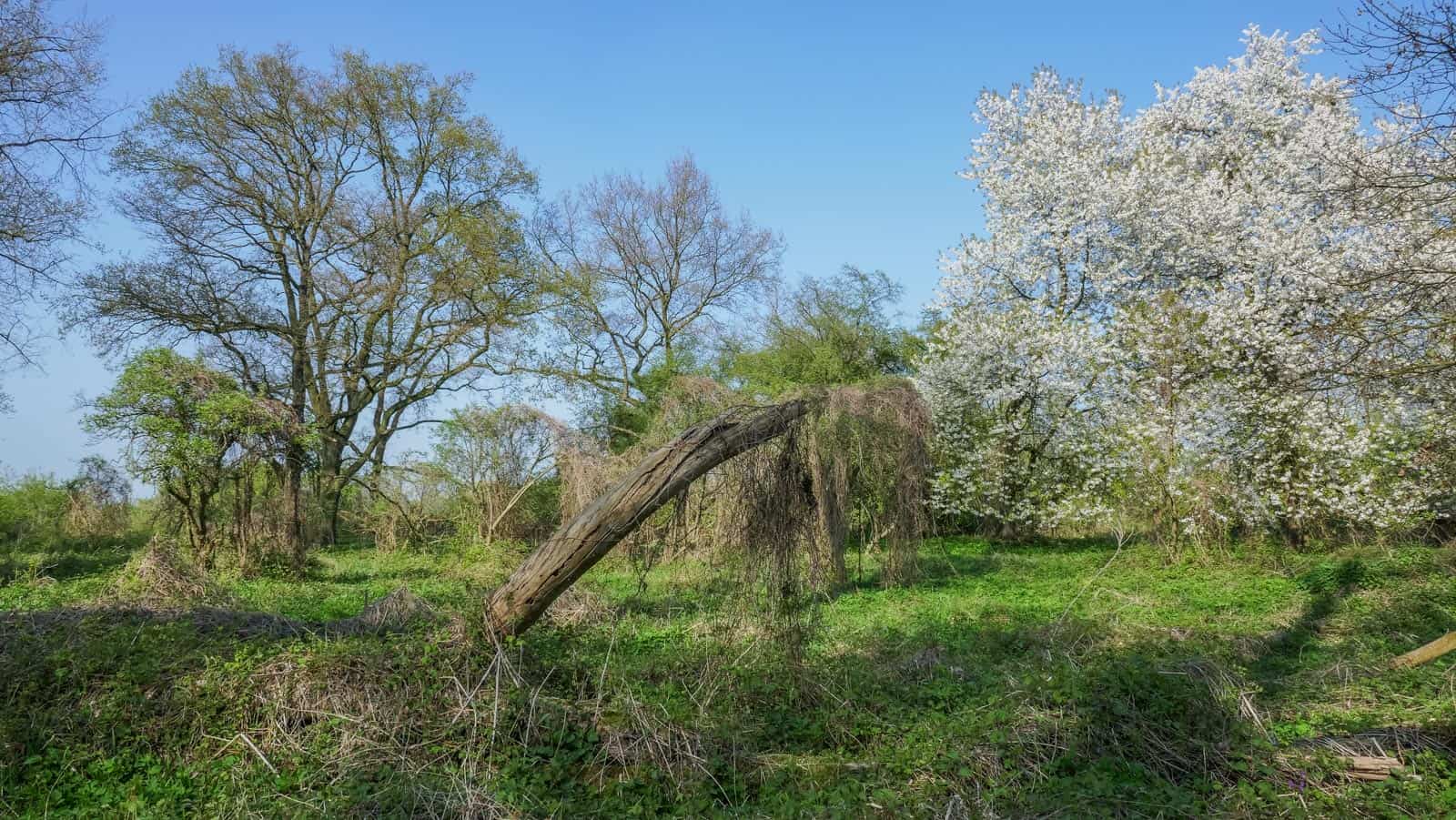
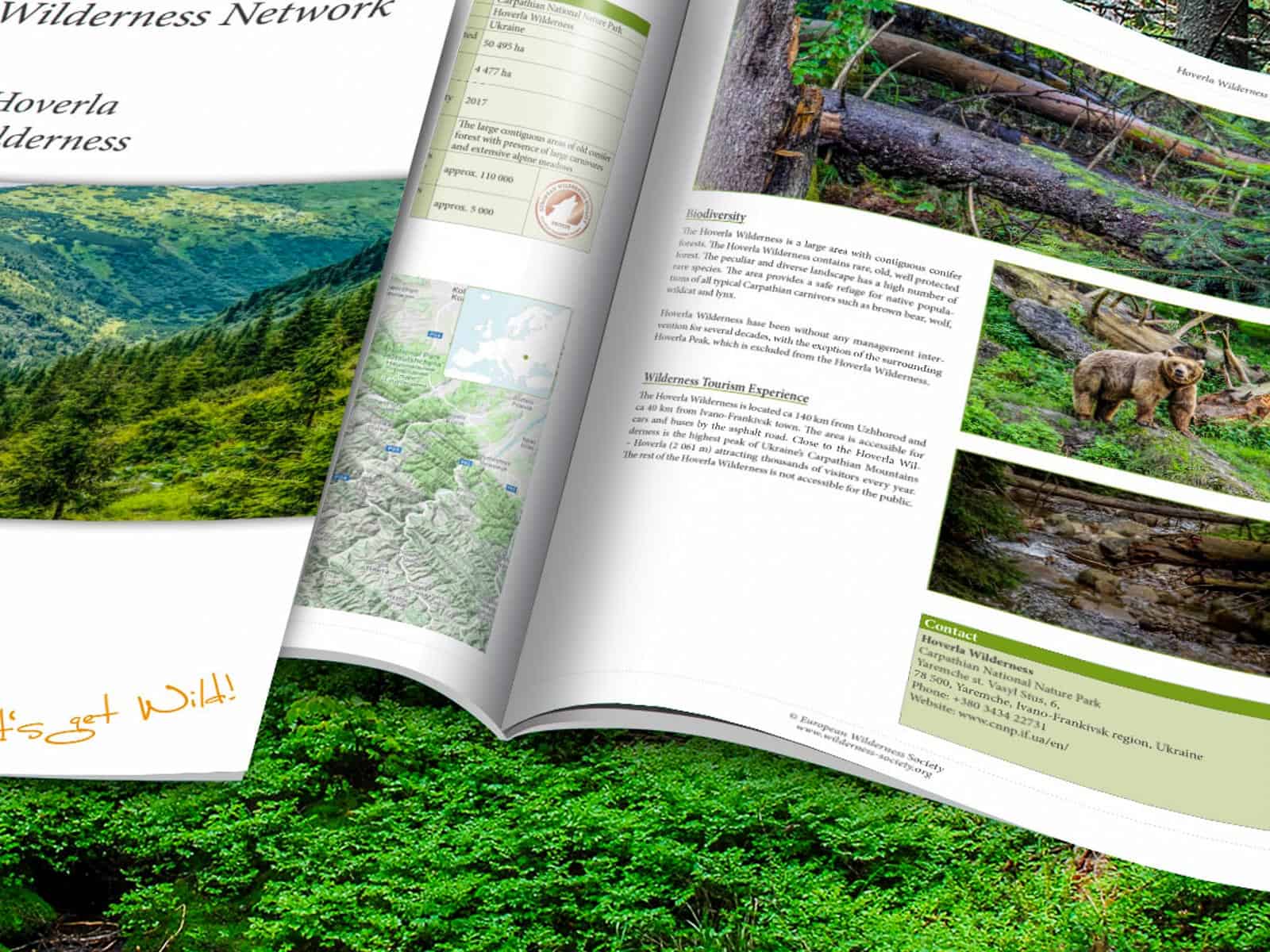


What are we doing to readdress the gaps in the these mountains and how has this impacted the local indigenous wildlife; exactly what are the local wildlife?